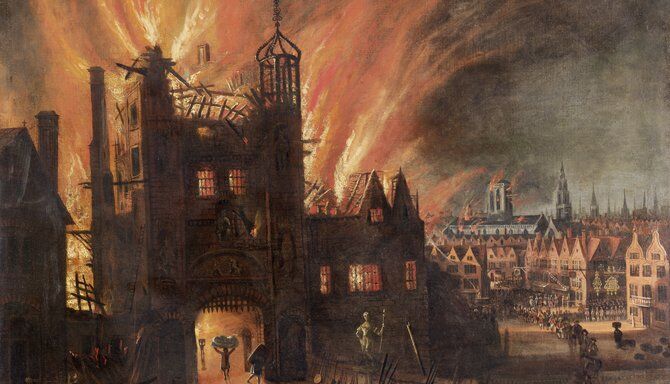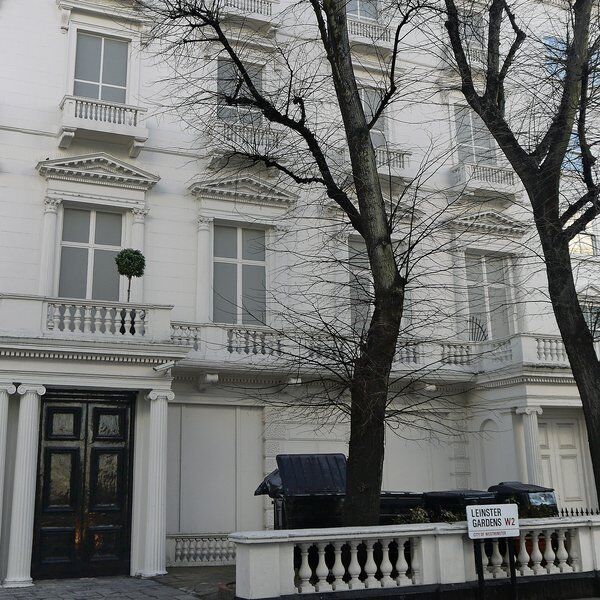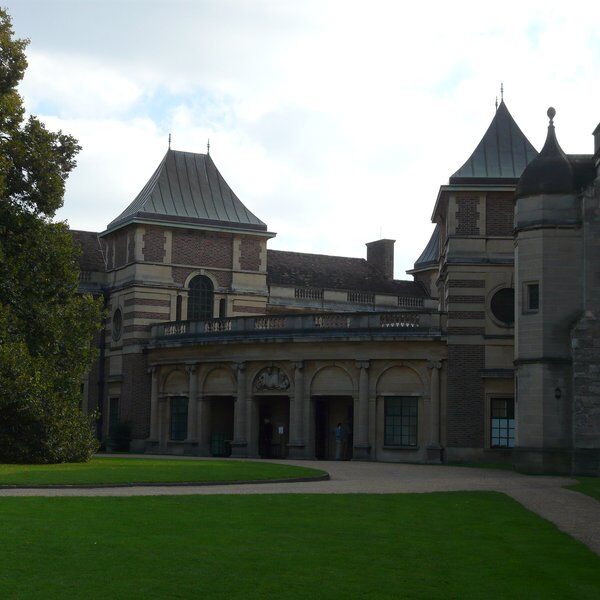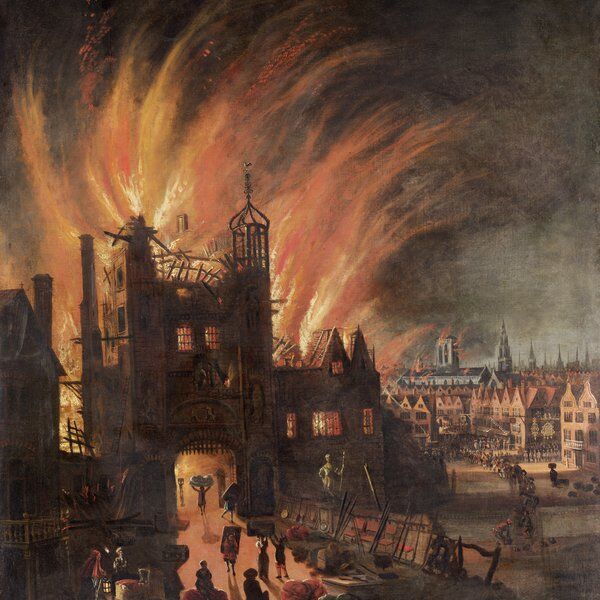
Fire Starts At Pudding Lane
A small London street between Eastcheap and Thames Street, Pudding Lane was made infamous in 1666 when Thomas Farriner's bakery caught alight in a blaze that would go on to destroy 85% of medieval London.
It was around midnight on the 2nd of September when the fire first started to spread. The best firefighting practices of the time would have had officials demolish buildings to create firebreaks, but the Lord Mayor hesitated. By the time he gave the go-ahead, it was already too late. The wind had fanned the flames into a full-blown firestorm.
The fire spread throughout the city and with it paranoia. Rumours spread of suspicious foreigners starting new blazes. French and Dutch civilians were set upon by the newly homeless. Chaos ensued.
For four days the fire raged. When at last it had been extinguished the city was unrecognisable.
13,200 houses, 87 parish churches, 52 livery company halls, the Guildhall, Royal Exchange and St Paul's Cathedral had all been destroyed by the fire.
About ten years later a monument was erected to commemorate the disaster. This can still be seen today, just off Pudding Lane, on Monument Street.

Road Regulations Also Start At Pudding Lane
The Great Fire of London isn't the only thing Puddling Lane is remembered for. It is also known for being one of the first one-way streets in the world.
In 1617, almost 50 years before the fire, a traffic order was issued designating it and 16 other nearby streets as zones in which traffic could only move in one direction.
London's First Building Regulations Are Introduced
Before Pudding Lane set London alight, there were very few building restrictions in place in London. In the aftermath of the fire, King Charles II immediately passed the 1667 Rebuilding Act, laws which were put in place to protect people and property in the event of another fire.
The act stated that there were to be no hanging signs, that all buildings in London were to be built using brick or stone and all dwellings should have easy access to water.
All buildings in London are still subject to the rules of the 1667 Rebuilding Act - except one. In 1996, when Shakespeare's Globe was rebuilt, the laws were waived to accommodate the iconic thatched roof. The roof has an elaborate network of sprinklers in use a fire starts.
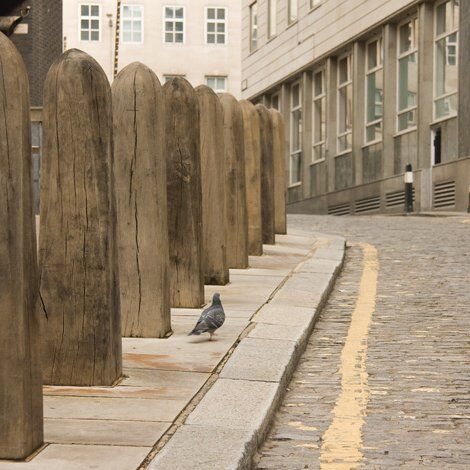
The 'Pudding' Of Pudding Lane
One might think the eponymous 'pudding' to be in some way related to Farriner's fateful bakery, but, much like The Shambles, it is actually derived from animal guts.
The word 'pudding' is taken from the Old French word for blood sausage, 'boudin', medieval puddings having primarily been made of blood and guts.
Pudding Lane gets its name from its proximity to Eastcheap, which was a meat market in medieval London. Carts would ferry (in one direction) animal guts away from the market, down Pudding Lane, to rubbish barges waiting on the Thames.
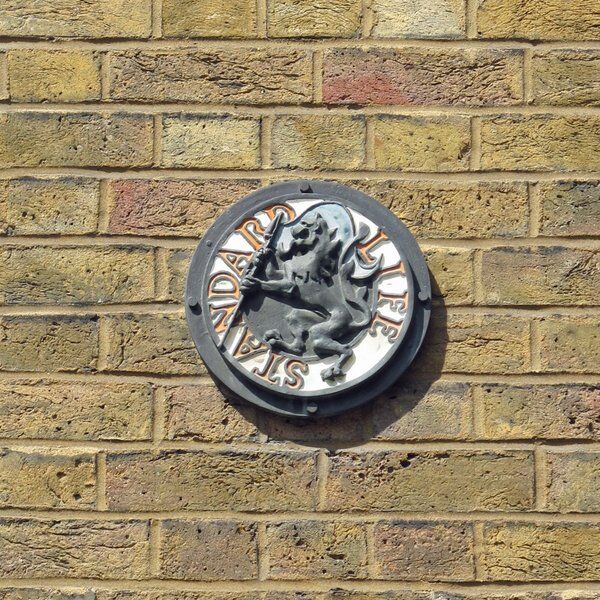
Fire Insurance Becomes Available
Pudding Lane was the catalyst for many 'firsts' in London.
Following the Great Fire, business-savvy entrepreneurs saw a gap in the market for fire insurance. The cost of rebuilding London after the fire was estimated to be around £10 million - at a time when London's annual income was just £12,000.
The first fire insurance company, the Fire Office, was started in 1680 by a man called Nicholas Barbon. Buildings that were insured received metal plaques called 'Fire Marks' to place on their outer walls, each a different colour to represent the insurer. Since they were made of metal, the thinking was that they would remain recognisable even if the building itself was destroyed.
If you look closely enough at older buildings in London, you can still find Fire Marks to this day!
Interested in finding more places like this? Try one of our Treasure Hunts in London - untangle cryptic clues as a team, as you are taken on a journey to the most unique, unusual and bizarre corners of London.
